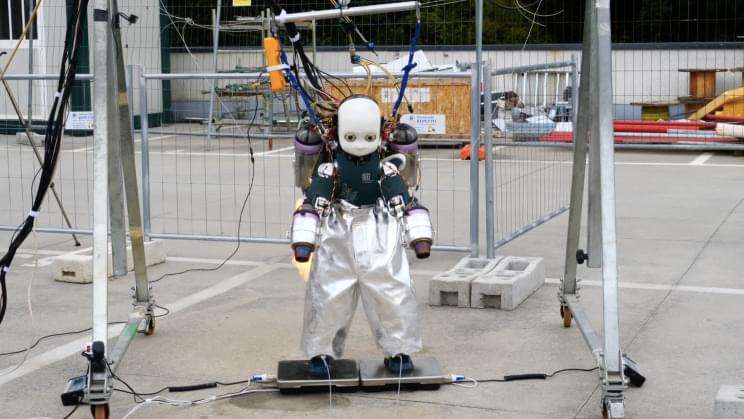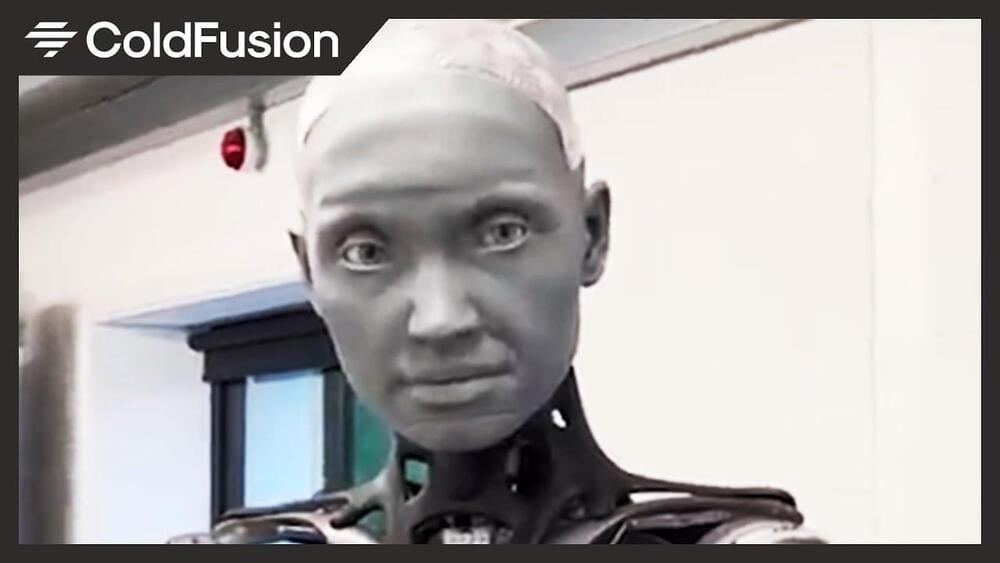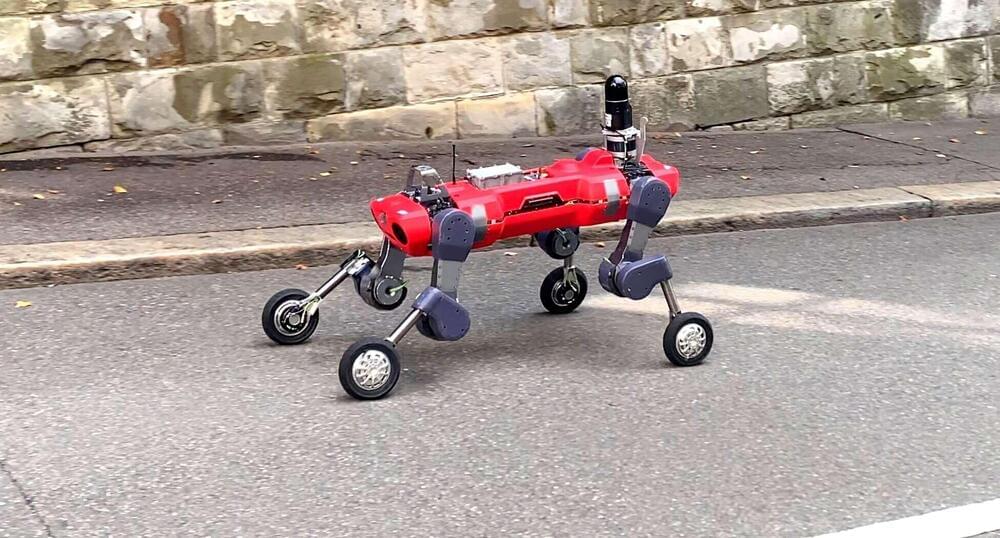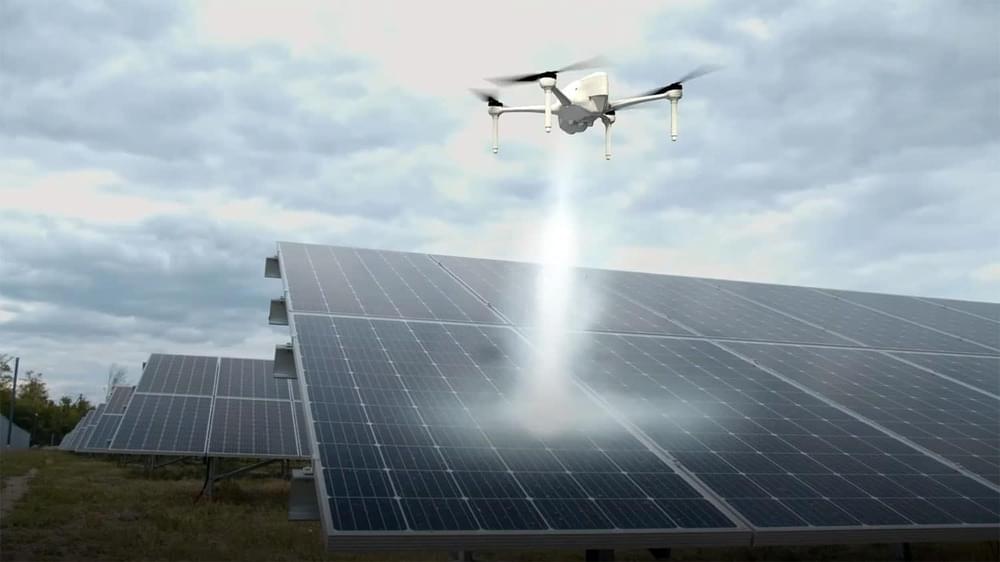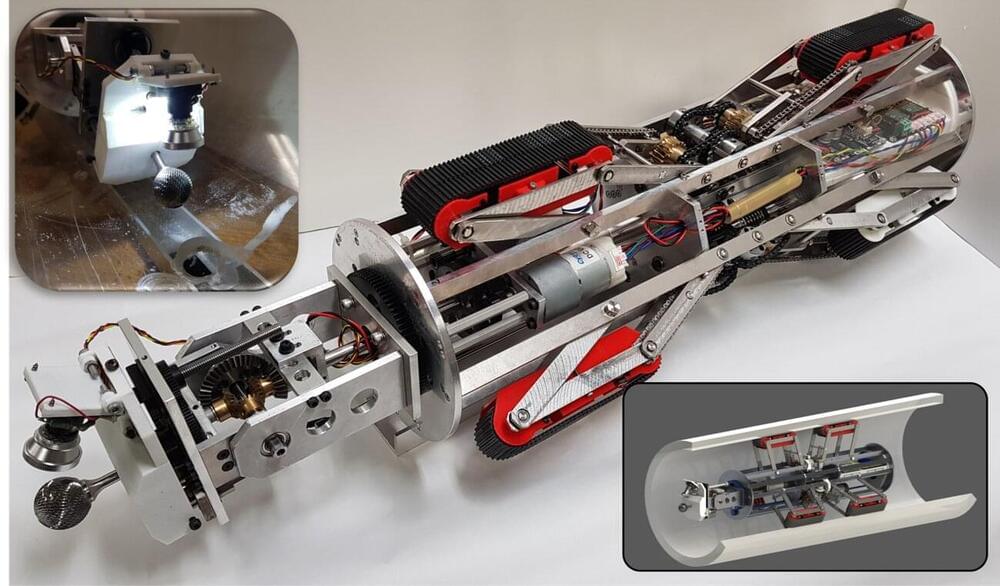As Russia ramps up preparations for a possible assault on Ukraine, President Biden has ruled out sending U.S. troops, but an invasion would still face serious resistance and Ukraine’s defense minister promising a ‘bloody massacre’ if Russia invades. While Ukraine is heavily outmatched by Russian forces, the threat of heavy casualties is one which Russian cannot ignore. This is why uncrewed systems – remote-controlled robot warriors – could play an important part where the fighting is heaviest.
Soviet Russia shrugged off mass casualties, with Stalin remarking, “One death is a tragedy; a million deaths is a statistic.” During World War II – the Great Patriotic War to Russians – the Soviet Union lost more than 8 million members of its armed forces, 20 times as many as the United States. Names like Stalingrad became legendary for bloody battles and tough resistance regardless of casualties.
Modern Russia is very different. Unlike Stalin, President Putin cannot ignore public opinion, and his media machine will hide or deny Russian casualties in foreign operations. Mercenaries are increasingly used to keep conflict at arm’s length, as the loss of contractors does not play so badly in the motherland.

